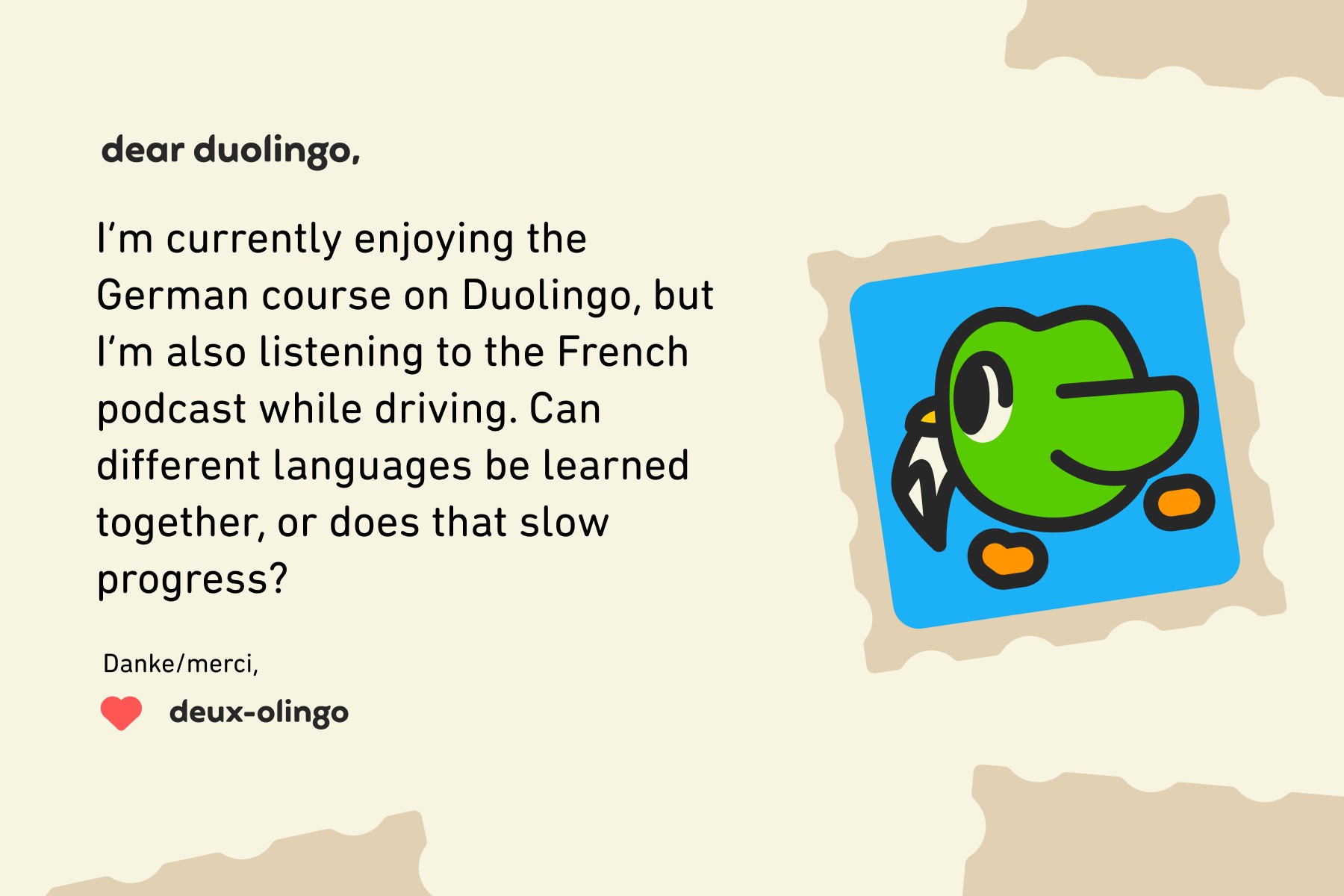Learning a new language is a rewarding experience, but what if you want to learn two at once? Is it possible, and is Duolingo the right tool for the job? This article explores the challenges and benefits of learning multiple languages simultaneously, offering practical tips for success, specifically focusing on using the Duolingo app.
Juggling Languages: Is it Feasible?
The question of whether it’s possible to learn two languages at once is a common one. The answer, thankfully, is yes! Learning multiple languages offers expanded cultural understanding, enhanced cognitive benefits, and a deeper appreciation for linguistics. You’ll even start to see connections between languages, further fueling your motivation. For instance, Eastern European languages like Ukrainian and Polish share similar pluralization rules, while Italian and Spanish boast a plethora of common vocabulary.
However, be prepared for potentially slower progress in each language compared to focusing on just one. This is especially true if you divide your study time between two languages instead of increasing your overall study time. The key is to determine your language goals and decide if a slightly slower pace is acceptable. If your aim is conversational fluency rather than immediate mastery, learning two languages simultaneously can be a fulfilling endeavor.
Mastering Multiple Languages with Duolingo: Tips and Strategies
Here are some proven strategies for successfully learning multiple languages, with a focus on leveraging the Duolingo platform:
Choose Languages You Love
Select languages that genuinely interest you, connected to cultures or regions that spark your curiosity. This passion will keep you engaged and motivated. Immersing yourself in the culture through music, movies, or TV shows in your target language (with subtitles initially) can significantly boost your enthusiasm and provide valuable context.
Time Management is Crucial
Learning multiple languages requires dedication. Create a structured schedule, dedicating specific days to each language. Consistency is key to forming lasting habits. For example, dedicate Mondays to Spanish, Tuesdays to French, and so on. This structured approach will help you stay on track.
Immerse Yourself Fully
On your designated day for a specific language, immerse yourself completely. Utilize Duolingo lessons, listen to music, watch shows, and even try reading simple books or articles. Active recall, through speaking and writing, is vital for solidifying new vocabulary and grammar.
Strategic Language Pairing
Consider starting with languages that aren’t overly similar to minimize confusion. English and German, for example, share some roots but are distinct enough for beginners. If you already speak a Romance language, tackling another within the same family (like French, Spanish, or Italian) might be easier, but it’s often recommended to reach an intermediate level in one before adding another.
Celebrate Every Milestone
Language learning is a marathon, not a sprint. Acknowledge and celebrate small victories along the way. Understanding a song, responding confidently to a question, or reading a short paragraph are all significant achievements that fuel motivation.
Can You Learn Two Languages on Duolingo? Absolutely!
While learning two languages at once requires commitment and careful planning, it’s entirely achievable. Duolingo provides a convenient and engaging platform for this journey. By following these tips, embracing the challenge, and celebrating your progress, you can successfully expand your linguistic horizons and unlock a world of new possibilities. Don’t be afraid to start; you might surprise yourself with how much you can accomplish.

